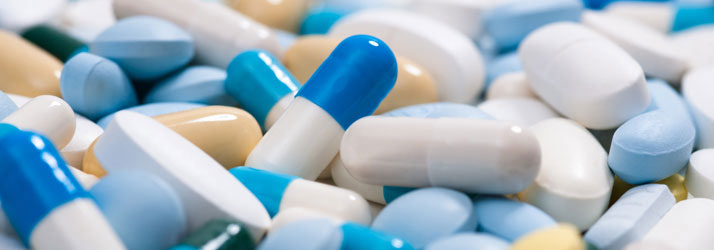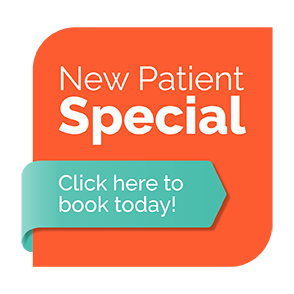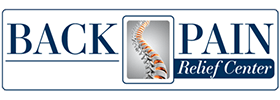Opioid Addiction In Vineland

How opioid addiction starts is a big question and has many varied sociological and different reasons. As a Vineland chiropractor, I see it often, and from that perspective, it generally starts in a similar way. That is a patient has back pain and uses medication to alleviate it. We have seen in the news and media lately, even the president commenting on the big impact it is having on our society, that opioid addiction is a massive problem.
How Do People Get Addicted To Opioid In Vineland?
How opioid addiction starts is a big question and has many varied sociological and different reasons. As a Vineland chiropractor, I see it often, and from that perspective, it generally starts in a similar way. That is a patient has back pain and uses medication to alleviate it. We have seen in the news and media lately, even the president commenting on the big impact it is having on our society, that opioid addiction is a massive problem.
While there is a time and a place for medication in helping deal with pain, it should never be used as a long-term solution. Many people take medication to ease their pain and enable them to function, but the problem with the medication is that it doesn’t actually fix the problem. All it does is take much of the pain away to help the patient function. As time goes by, the patient becomes ever more reliant on the medication and ultimately becomes addicted. The path goes something like this:
The patient hurts their back and goes to their primary doctor for treatment. The doctor prescribes some pain medication to help them. It works for a while, the pain is numbed, and the patient functions in life. Once the medication runs out, the pain returns. The doctor prescribes more medication, perhaps a different type. After a while, the problem still exists and the doctor refers to another doctor or pain management doctor.
The pain management doctor then does what they do and gives injections, prescribes more pain medication and the patient is temporarily happy. Once again, the medication wears off, the patient returns, and the cycle revolves once more. Eventually, with no resolution, the pain management doctor cannot resolve the problem.
At this point, the patient is not only in pain but has become addicted to opioids. With no new prescription, the patient then seeks out other ways to fulfill their addiction and is going down a very rocky road, one that becomes very difficult to turn from. Opioid addiction.
While the patient does get out of pain temporarily, they have to realize that it is at this point they must look for the cause of the pain and get that treated. Medication hides the symptoms and provides relief, it does not fix the problem.
Moreover, the patient must also come to terms with the fact that they might never get back to being 100%. In later life, the spine has experienced a lot of things in life, perhaps accidents in the past, sports injuries, general wear and tear, arthritis, disc dysfunction, and a lot more. So mentally, the patient needs to be prepared for life in this way where pain management might be the better way to go.
Medication Is Not Always Bad
Now I am not saying that pain medicine is a bad thing, it certainly has its place in treating a person, and I do regularly refer to orthopedics and pain management doctors to help patients better manage their pain. However, I do try to make them understand that the root cause still requires treatment and that the pain medication is to help give relief as well as make it easier for the issue to be treated.
This is very important. In simple terms, the pain medication should be used as an interim solution while the overall solution is explored and found.
And thankfully, many back issues can be treated and fixed which can dramatically reduce pain levels. Chiropractic care is the most conservative approach to treating many back issues. Things like dysfunction; repetitive stress injury; disc herniations; compressed joints which cause muscle spasms and inflammation; arthritis and other age-related symptoms. Chiropractic care can help alleviate pain from all these afflictions.
So a two-pronged attack between medication and chiropractic care can help a lot, medication to ease the pain, chiropractic care to actually treat the problem.
But the patient must be realistic in understanding how their back maybe and that it may never be 100% again. Through regular chiropractic care, the area can be treated and the pain can be alleviated naturally, and without the use of opioids in the long term. And isn’t this a more healthy and better alternative to having opioid addiction?
If you have found this article useful and you need to discuss anything, feel free to contact me at the office on (856) 690-8883 or message me on Facebook.
OFFICE HOURS
Monday
9:00am - 1:00pm
3:00pm - 6:00pm
Tuesday
9:00am - 1:00pm
3:00pm - 6:00pm
Wednesday
9:00am - 1:00pm
3:00pm - 6:00pm
Thursday
9:00am - 1:00pm
3:00pm - 6:00pm
Friday
9:00am - 1:00pm
Saturday
Closed
*We now take walk-ins and appointments*
DR. MARQUEZ'S OFFICE HOURS
Monday
OFF
Tuesday
9:00am - 1:00pm
3:00pm - 6:00pm
Wednesday
9:00am - 1:00pm
3:00pm - 6:00pm
Thursday
9:00am - 1:00pm
3:00pm - 6:00pm
Friday
OFF
Saturday
Closed
*We now take walk-ins and appointments*
DR. AVAKIAN'S OFFICE HOURS
Monday
9:00am - 1:00pm
3:00pm - 6:00pm
Tuesday
OFF
Wednesday
3:00pm - 6:00pm
Thursday
OFF
Friday
9:00am - 1:00pm
Saturday
Closed
*We now take walk-ins and appointments*
Back Pain Relief Center
1133 East Chestnut Avenue #2
Vineland, NJ 08360



